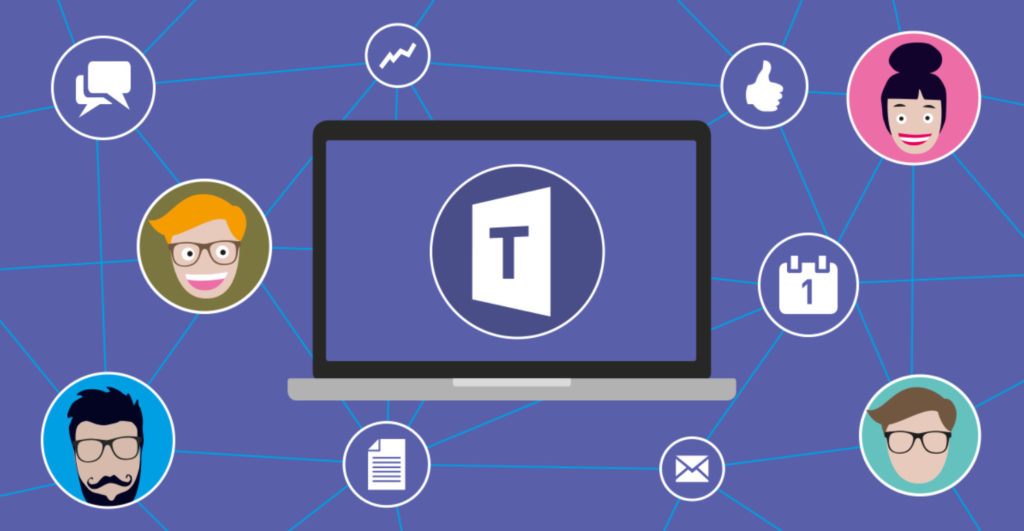Teams Connector Enables Teams’ Users To Do More

BY MICAH SINGER, GUEST BLOGGER
I started following Microsoft Teams in the summer of 2018 when they released Direct Routing. I thought it was a really neat concept that would engage more with service providers to get them involved with Microsoft Office 365. This is really almost the opposite tactic than Microsoft had taken a few years earlier with the Skype for Business launch.
With a SIP channel available to easily connect phone services into Microsoft Teams it opened the door to the PBX and a world of 3rd party applications that use voice. In addition, Microsoft introduced their Graph API and an SDK to allow third parties to build applications that integrate with Teams. This means workflows that involve systems outside of Teams (like those PBXes or SMS services from SkySwitch) can now easily interact inside of Teams. More recently Microsoft announced their commitment to these business workflows with Azure Communication Services which means they are looking to really compete with Twilio for the CPaaS market.
In all these big initiatives, Microsoft is telling the world that integration is the key to a better user experience. With Direct Routing and the Graph API, Microsoft has actually been able to provide powerful tools to improve user experience.
That’s where the idea of the Teams Connector really came more into focus. If people are using Microsoft Teams, the thought process is how can it become a place where call-control offered by a PBX or a Contact Center application is use-able and use-ful. The idea was to build a set of integration tools that Service Providers, like Skyswitch, could use, customize and integrate into business phone services.
The big question I had back in 2018 was would people start using Microsoft Teams. Microsoft was heavily promoting Teams and finding a responsive but slow market. By 2020 (even pre-pandemic) it was starting to see broader adoption. The pandemic provided steroids and adoption quadrupled in under a year. Now, in 2021 businesses, schools, non-profits, healthcare and other verticals are trying to make Teams do more.
Looking to the future, our prime consideration with the Teams Connector is to enable Teams’ users to do more things more easily inside Teams with external tools. Microsoft has created an increasingly open platform that is allowing the world to work in Teams and with the recent announcement of Azure for Operators they made a point to reiterate that they are “… committed to working with operators as a partner, not as a competitor.” Those are encouraging words but only words. As a sales organization, it makes sense to keep providing valuable communication tools and integrations, like the combination of Teams and SkySwitch, to your customers. You are the trusted source for Telecom and IT.
In short, as a Service Provider it seems like a good time to have a solid Teams – PBX integration as an option for your business customers, and the Teams Connector let’s you do just that.
